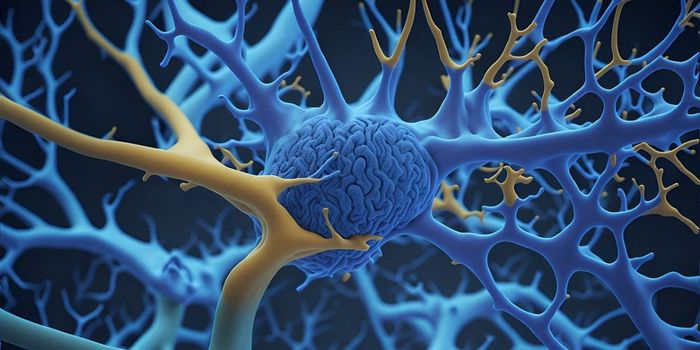Now thought to speed up the brain's messaging process, the astrocyte, a type of glial cell, seems to do more than feed and care for nerve cells. The brain cell formerly known for its supporting role has landed "a glamorous new job." The astrocyte, a type of glial cell known to feed, clean and guide the growth of its "flashier nerve cell neighbors," also helps nerve cells to send electrical transmissions, scientists reported in the August 5 issue of the Journal of Neuroscience, as noted in Science News, which said, "The results are the latest in scientists' efforts to uncover the mysterious and important ways in which cells other than nerve cells keep the nervous system humming" (https://www.sciencenews.org/article/astrocytes-help-speed-brain%E2%80%99s-messages).

Previous research has shown that astrocytes are responsible for delivering nutrients to nerve cells, flushing waste out of the brain and helping to control appetite. The most recent research has led scientist to the conclusion that the star-shaped cells are also responsible for helping electrical messages to move along certain nerve cells' message-sending axons, a job that scientists have associated with other glial cells called oligodendrocytes and Schwann cells.
Courtney Sobieski of Washington University School of Medicine in St. Louis and his colleagues experimented by growing individual rat nerve cells in a single dish that contained patches of astrocytes. They reported that some nerve cells grew on the patches, while others did not. The nerve cells that were deprived of contact with astrocytes demonstrated signs of sluggishness. That led the researchers to think that astrocytes guide nerve cell growth in a way that enables the nerve cells to fire off quick and precise messages at a later time. While the method of doing that is not clear, the results appear to suggest that proximity is the issue. In other words, astrocytes need to be close to the nerve cell to help messages to move.
"The authors describe the significance in the journal article: "Certain glial cell types (oligodendrocytes, Schwann cells) facilitate the propagation of neuronal electrical signals, but a role for astrocytes has not been identified despite many other functions of astrocytes in supporting and modulating neuronal signaling. Under identical global conditions, we cultured neurons with or without local astrocyte support. Without local astrocytes, glutamate transmission was desynchronized by an alteration of the waveform and arrival time of axonal action potentials to synaptic terminals. GABA transmission was not disrupted. The disruption did not involve detectable morphological changes to axons of glutamate neurons. Our work identifies a developmental role for astrocytes in the temporal precision of excitatory signals" (http://www.jneurosci.org/content/35/31/11105).









